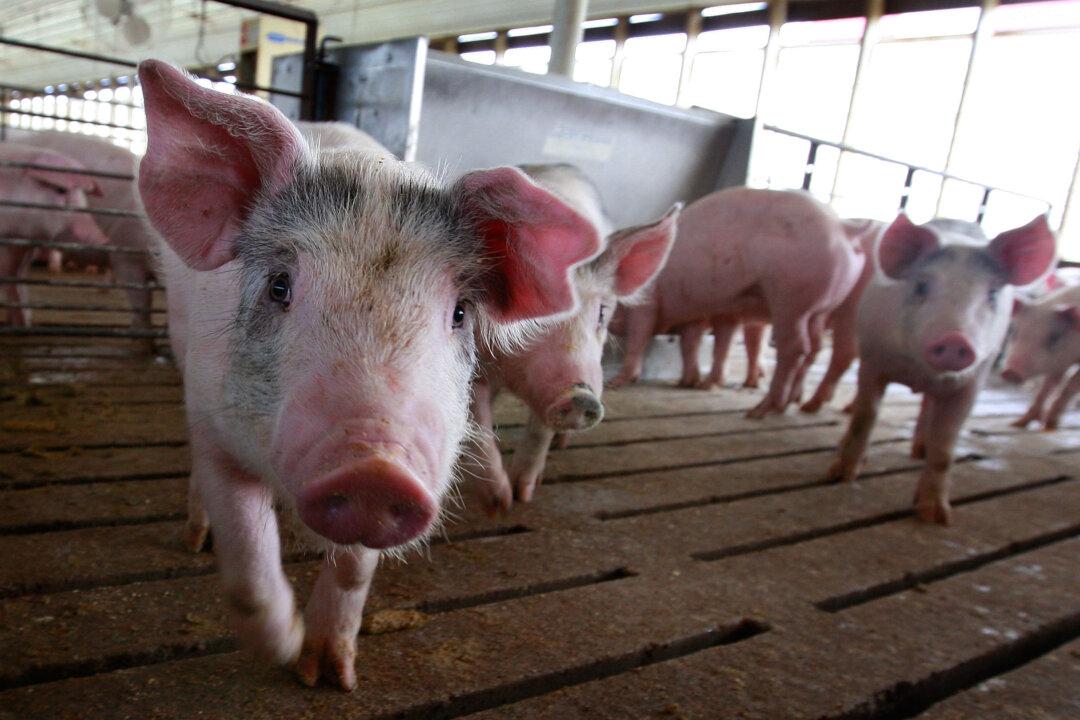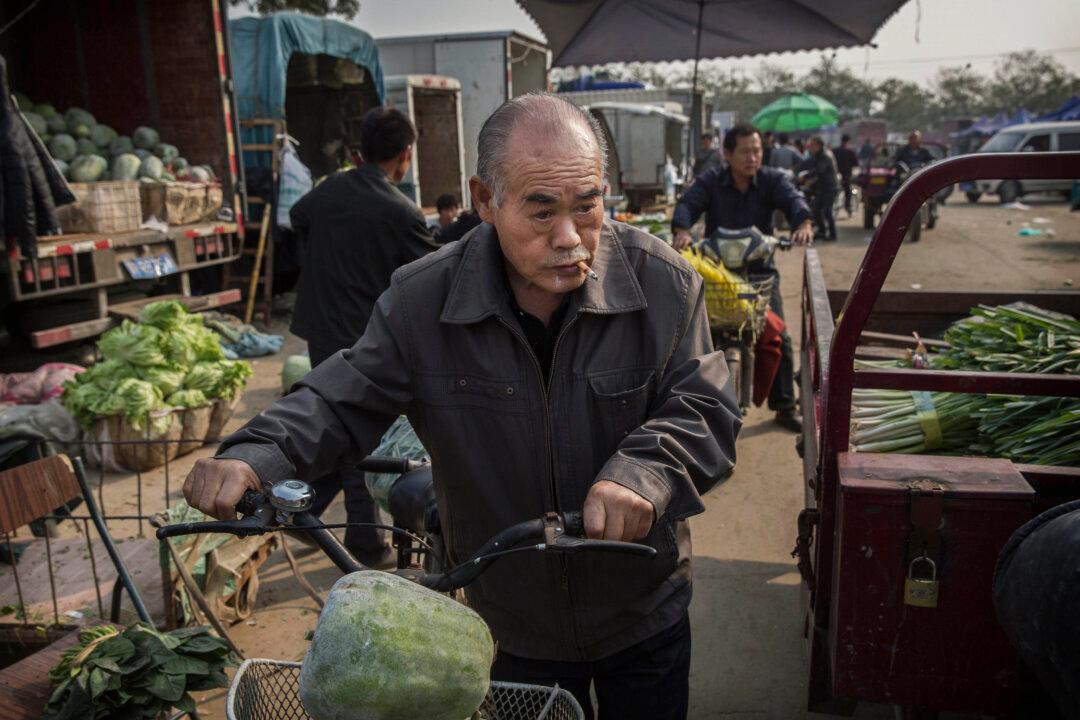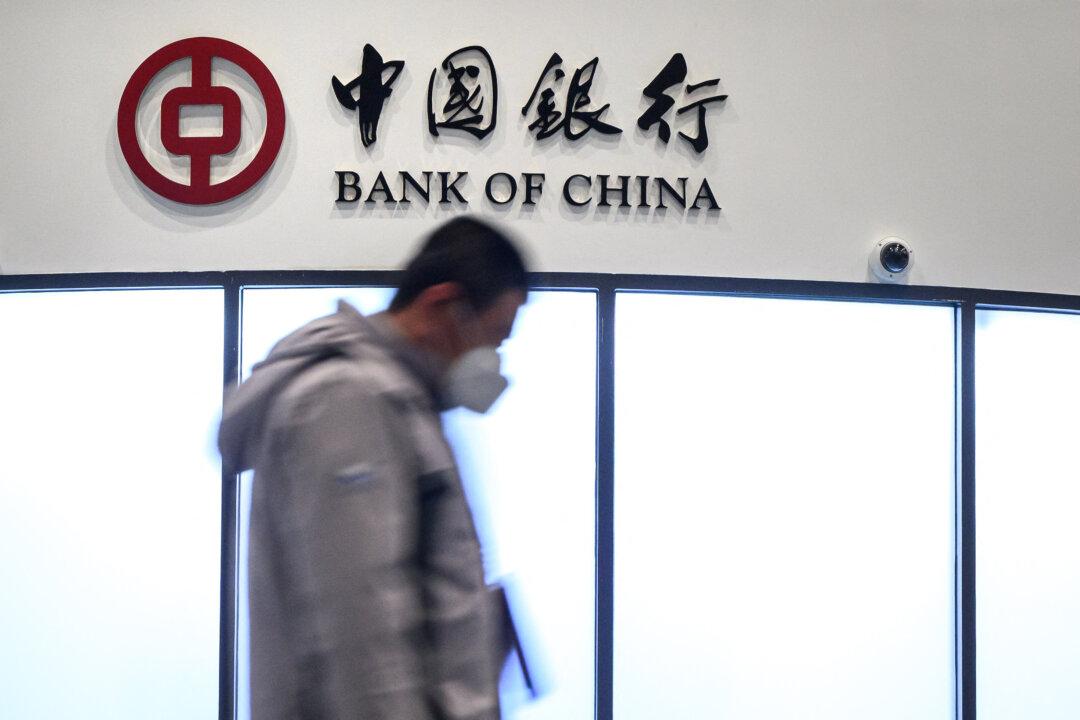An ongoing pork shortage in China has buoyed global pork prices, sharply increasing U.S. exports and making hog futures one of the best performing commodities of the year.
China is the world’s biggest producer and consumer of pork. But weak prices pervasive during 2014 and early 2015 led Chinese authorities to consolidate the pork producer industry and cut production.
As part of the efforts to cull the industry’s environmental footprint, Beijing closed certain smaller farms near cities and consolidated producers in rural areas. In Fujian Province, “the government closed more than 13,000 backyard farms over pollution concerns,” a U.S. Department of Agriculture (USDA) report stated last year.
But Chinese supply of pork decreased further than originally planned due to a disease outbreak in 2015, leading to shortages in some parts of the country. So far, China has been unable to increase supply domestically, which forced the country to import record amounts of hog.
The supply squeeze sent pork spot prices skyrocketing beginning in mid-2015. Since April 2015, China’s pork spot price has increased from under 12 yuan per kilogram to 21 yuan per kilogram late last month, an almost 80 percent increase, according to independent research firm Shanghai JC Intelligence.
Rising Exports
Chinese demand for pork in 2016 has overwhelmed global suppliers. Exports of U.S. pork and pork products to China between January and April 2016 were 117 percent higher than during the same period last year, according to statistics from USDA.
In April alone, pork exports to China and Hong Kong were up 66 percent from a year ago and the largest in volume in more than four years, according to the U.S. Meat Export Federation. Since April, China has surpassed Japan as the top buyer of U.S. pork.





